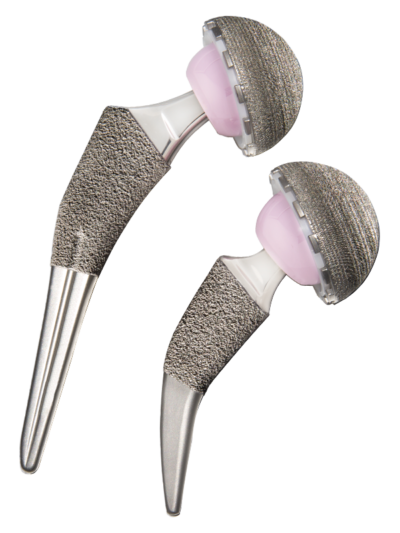The hip joint is powered by large muscles and is covered with a rubbery type of tissue that pads the joints. When all of the parts, cartilage, muscles and tendons are healthy, a hip should move easily.
A hip is diseased when one or more parts of the hip are damaged and movement becomes stiff. Over time, cartilage starts to crack or wear away. When this happens, the bones making up the joint rub together. Stiffness and pain occur when the ball starts to grind in the socket. Unfortunately, cartilage does not have the ability to repair or replace itself like other tissues in the body. Once cartilage is damaged or destroyed, it is gone forever.



